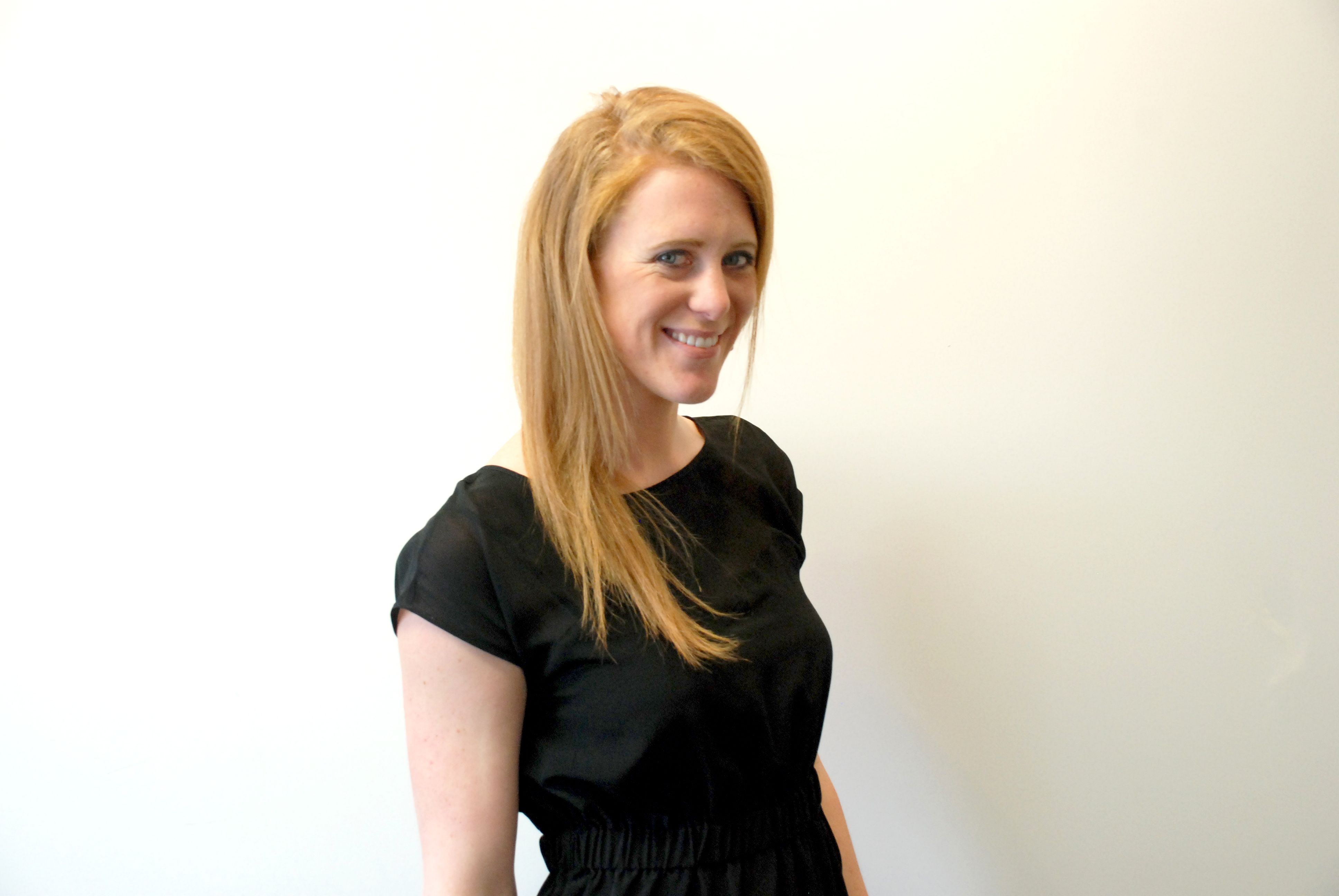You know that exciting phase when you initially get to know someone. The first time you go out it’s a blast, so you do it a second time and it’s even better and then …
If I was a writing this story in a New Zealand context, it would end with: “You go out together for a third time, decide you have something good and continue with the momentum.”
Super busy this week!
In a Danish context, however, this story would end with the following: “You were super busy for a week, so you didn’t see him. Then he suddenly remembered he had a cousin’s birthday at the weekend, and after that he went on a ski holiday for a week. When he got back you arranged to meet up, but by that stage you had already planned a trip to Sweden. After four weeks of this, you both gently stopped trying to make plans with each other and concluded that it just wasn’t meant to be.”
I refer to these kinds of encounters as “relationship suicide by scheduling”.
It’s where great chemistry and connection die purely because the crucial momentum of the relationship was lost in a haze of busy schedules and plans.
Two weeks on Friday?
Coming from New Zealand, I find it hard enough to have friends here who plan so far in advance, let alone the men I want to date. Recently a guy I met at a party asked me out, which I found very sweet …
… until he wrote: “How does two weeks from Friday sound?”
I couldn’t stop thinking how much of a turn-off it was. It’s like something my dentist would say to me – but even then, if I were really in pain, he’d see me tomorrow.
You see, romance and attraction thrive on the idea of spontaneity and impulsiveness. There has to be an element of finding the other person so wonderful to be around that you couldn’t possibly wait two weeks to see them.
But sadly, by booking themselves with so many activities and appointments, the Danes have managed to kill this crucial attraction stage that requires regular periods of time together (and I’m not talking once every fortnight).
Diary regimented
Now, don’t get me wrong, there’s nothing wrong with having a full life, but the reality of the Danish approach is that people are missing out on great relationships purely because they’re just not willing to make a dent in their diaries.
It’s as if busyness has now replaced partnerships as the new symbol of social status in Denmark.
If you can’t beat ’em …
They say if you can’t beat them, then join them, but I feel extremely nerdy if I plan too much. My cultural upbringing discourages me from planning too far in advance as it goes against the ‘chilled out’ attitude we pride ourselves on.
So in order to stay true to my culture and to myself, I’ll be keeping my schedule a little more flexible. So when that crucial stage of momentum-building comes along, I’m not bound by endless pages of appointments.














